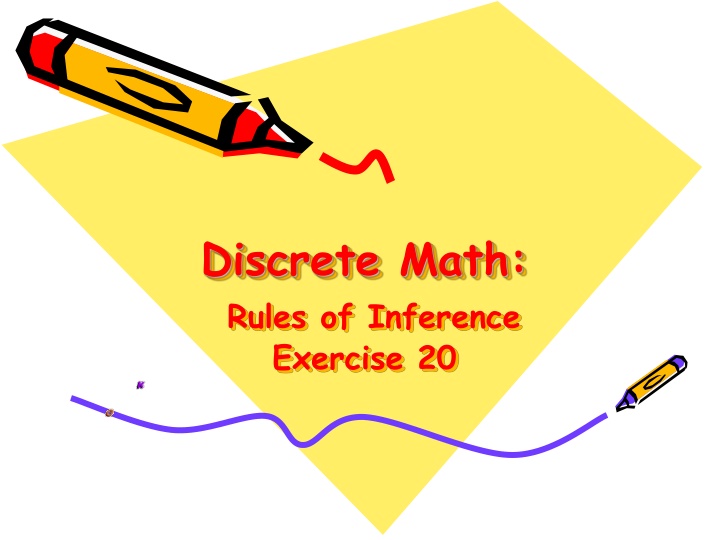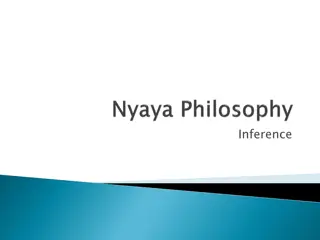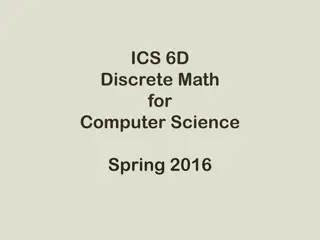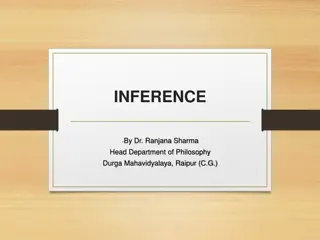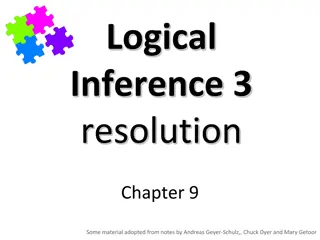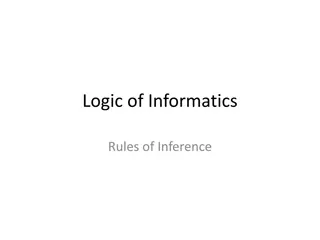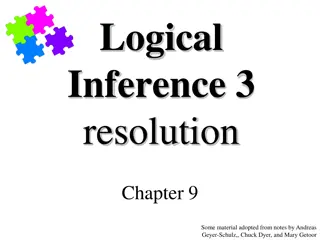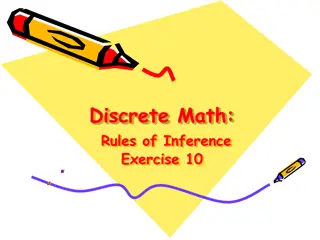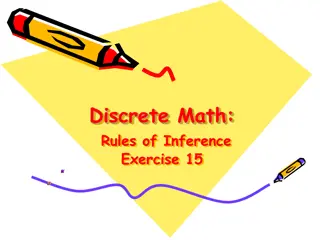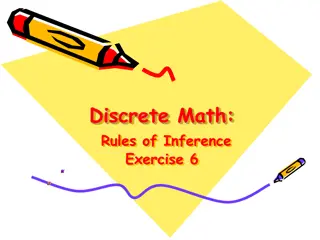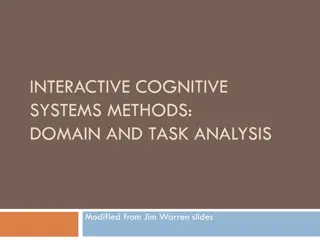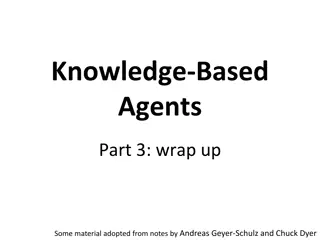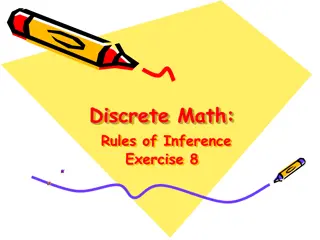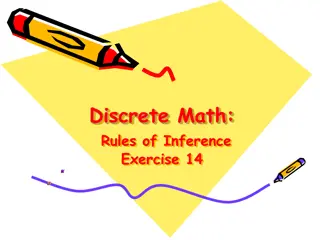Resolution in Discrete Math: Exercise on Rules of Inference
Using resolution in the context of discrete mathematics, this exercise demonstrates how the hypotheses related to rain, umbrellas, and getting wet are logically connected to show that Yvette does not get wet. The solution breaks down the assumptions and applies resolution to derive the final conclusion efficiently.
Download Presentation

Please find below an Image/Link to download the presentation.
The content on the website is provided AS IS for your information and personal use only. It may not be sold, licensed, or shared on other websites without obtaining consent from the author.If you encounter any issues during the download, it is possible that the publisher has removed the file from their server.
You are allowed to download the files provided on this website for personal or commercial use, subject to the condition that they are used lawfully. All files are the property of their respective owners.
The content on the website is provided AS IS for your information and personal use only. It may not be sold, licensed, or shared on other websites without obtaining consent from the author.
E N D
Presentation Transcript
Discrete Math: Rules of Inference Exercise 20
Exercise Use resolution to show that the hypotheses It is not rain- ing or Yvette has her umbrella, Yvette does not have her umbrella or she does not get wet, and It is raining or Yvette does not get wet imply that Yvette does not get wet.
Solution Let p be "It is raining"; let q be "Yvette has her umbrella"; let r be "Yvette gets wet." Then our assumptions are p V q, q V r, and p V r. Using resolution on the first two assumptions gives us p V r. Using resolution on this and the third assumption gives us r, so Yvette does not get wet.
References Discrete Mathematics and Its Applications, McGraw-Hill; 7th edition (June 26, 2006). Kenneth Rosen Discrete Mathematics An Open Introduction, 2nd edition. Oscar Le in A Short Course in Discrete Mathematics, 01 Dec 2004, Edward Bender & S. Gill Williamson
